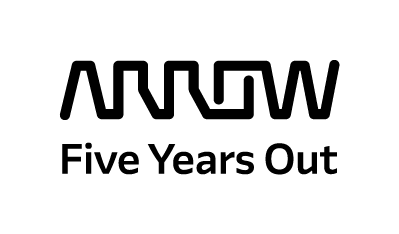Weight. Weight. Don’t Tell Me. - The Dicey Nature of Ewaste Reduction Targets
Blog by Carol Baroudi
Arrow Value Recovery Blog | Weight. Weight. Don’t Tell Me. - The Dicey Nature o…
E-waste is the fastest-growing waste stream in the world and it’s only natural to want to set goals to reduce it. Many organizations’ sustainability goals include waste reduction, and, as organizations often classify e-waste as solid waste, quantifying e-waste recycling to meet landfill avoidance targets makes sense, as far as it goes.
I’m all in favor of waste reduction, though I think the actual target ought to be consumption reduction, in most cases. For sure, I think that recycling is a far superior option to sending things (especially hazardous things) to landfills or incinerating them. But recycling x number of pounds of white paper as a statistic doesn’t do much for me. Now, if you tell me that last year you used x amount of paper, that this year you used significantly less, and that last year you recycled x% and this year you recycled significantly more, I start to think you may be doing something significant.
But paper is easy. A pound of paper is a pound of paper. Year over year, paper doesn’t really change dramatically. Not so electronics.
Here at Arrow Value Recovery we keep all the electronics we process out of landfills and never incinerate them. We report the weight of electronics processed back to our customers who are keen to track solid waste diversions from landfills. However, year over year, without any changes in behavior on anyone’s part, that weight is likely to decrease simply because electronics continue to get smaller and lighter. The decrease in weight signifies neither a reduction in use nor a reduction in percentage recycled. In and of itself, the decrease in weight doesn’t mean much.
So what kind of e-waste reduction goals might be more meaningful? E-waste, by definition, is electrical and electronic equipment and parts “discarded … as waste without the intent of reuse.” Stemming the global creation of e-waste may well need legislative intervention, most likely in the form of extended producer responsibility. But organizations can create strategies that favor reuse, thus effectively reducing e-waste.
Sending usable electronics to recycling is not actually wrong, but it is a serious waste. The limitations of today’s recycling methods combined with today’s low commodity prices mean that recycling cannot reclaim all the materials in today’s electronics, and will never capture the embedded energy, the energy used to manufacture the device in the first place. Finding a new life for older equipment and finding more energy-efficient replacements can help energy reduction goals as well.
Drop me a note at cbaroudi@arrow.com and tell me how you’re accounting for your electronics at end-of-life in your sustainability reporting or how your policies reflect better environmental outcomes. I’d love to hear how you’re approaching this.
Carol Baroudi works for Arrow’s Value Recovery business promoting sustainability awareness and action. She is the lead author of Green IT For Dummies. Her particular focus is on electronics in the Circular Economy, with an emphasis on the IT asset disposition stage, e-waste and everything connected. Follow her on Twitter at @carol_baroudi and connect with her on LinkedIn at www.linkedin.com/in/carolbaroudi.



